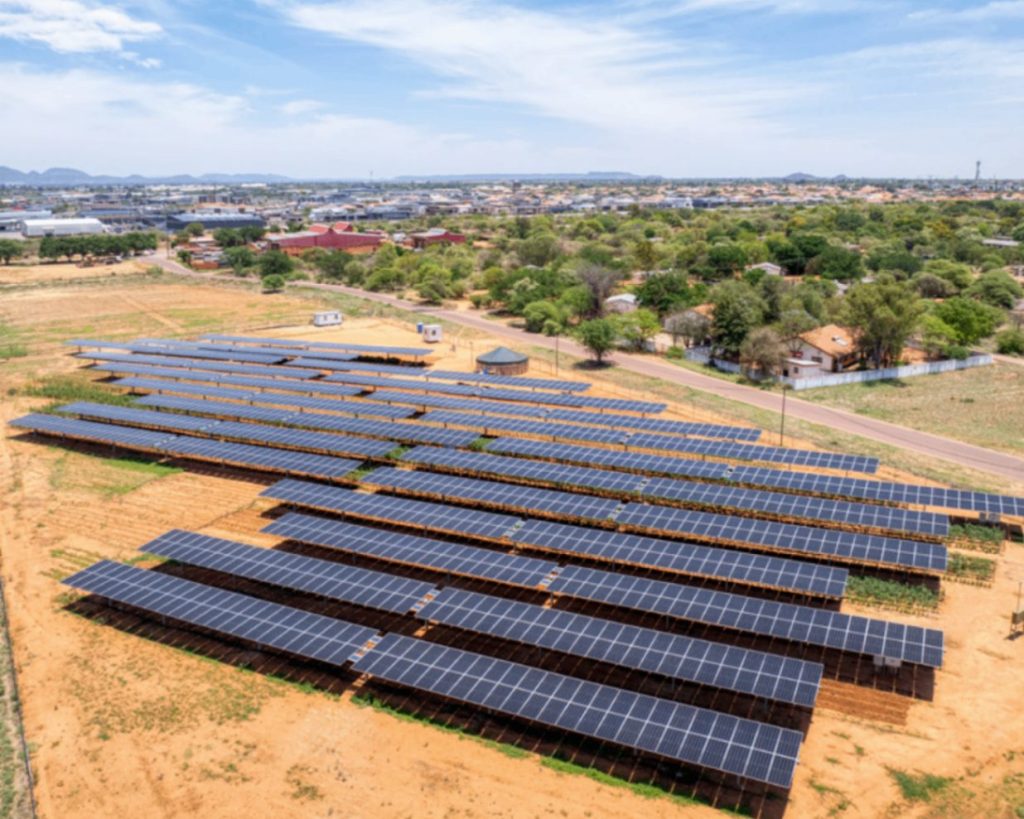In December last year the IEA released a Report that engages with potential EU gas shortfalls during the course of 2023, and measures that could be explored to close the gap in supply. It highlights that the EU’s potential gas supply-demand gap could reach 27 billion cubic metres in 2023, in a scenario in which gas deliveries from Russia drop to zero and China’s LNG imports rebound to 2021 levels. It cautions that 2023 may well prove to be an even sterner test for Europe because the unseasonably mild temperatures seen at the start of the European winter are not guaranteed to last.
It highlights a raft of measures that the Union could adopt, including a focus on demand side management and energy efficiency. Interestingly, it also reflects on the potential of capturing gas that is ordinarily vented and flared in African countries, as a potential means to plug the gap in supply. It suggests that by capturing these gases, exports from Africa could deliver at least 7billion cubic metres (bcm). Relying on an analysis from the World Bank and the Payne Institute’s Earth Observation Group, the report notes that 13bcm of gas was flared in African countries in the first three quarters of 2022, that could have delivered this gas to the EU. Countries with spare existing export capacity are Algeria, Angola, Egypt and Nigeria. The IEA estimates that a further 7bcm was emitted over this period from oil and gas operations in these countries. It highlights that Angola was able to reduce flaring volumes by more than 50% between 2016 to 2021 following its endorsement of the World Bank’s Zero Routine Flaring by 2030 initiative. It also notes Nigeria’s announcement of regulations to reduce methane emissions from its oil and gas (it finalised guidelines on this last year).
To this end it encourages the EU to commit to “you collect, we buy” approach. The IEA suggests that this could provide an estimated 4 bcm of additional natural gas to the EU over the next 12 months with “concerted efforts by African exporting countries, and incentives from buyers”. This would entail fast-tracking efforts to implement methane leak detection and repair (LDAR) programs, and targeting large flares that occur continuously and lie within 20km of a gas pipeline. This would make them relatively easy to bring to market. Most of this near term potential lies in Algeria and Egypt.
The focus on the provision of gas supplies in the near term without use of extensive and costly new oil and gas infrastructure in Africa, has the dual benefit of not only reducing climate-potent methane emissions, but also reducing the risk of Africa being stuck with stranded assets and locked into a high emission pathway as the EU increasingly pursues a net zero future in the medium and long term. As a recent report by the African Climate Foundation indicates, in a net zero scenario by 2050, LNG demand could be 60% lower than current levels, as more rapid and geographically widespread decarbonisation means the power sector or industry can no longer use gas. This could leave Africa with stranded value challenge (lower levels of revenue) that will affect assets still active in the market.
Whilst 4bcm of captured methane during 2023 is quantitatively not comparable to the full volume of gas the continent could potentially export over the short term, it is at least one positive example of EU Africa trade on this issue that seeks to reduce climate risks and does not bring about the same stranded asset challenges that new infrastructure development does.





